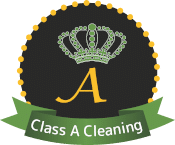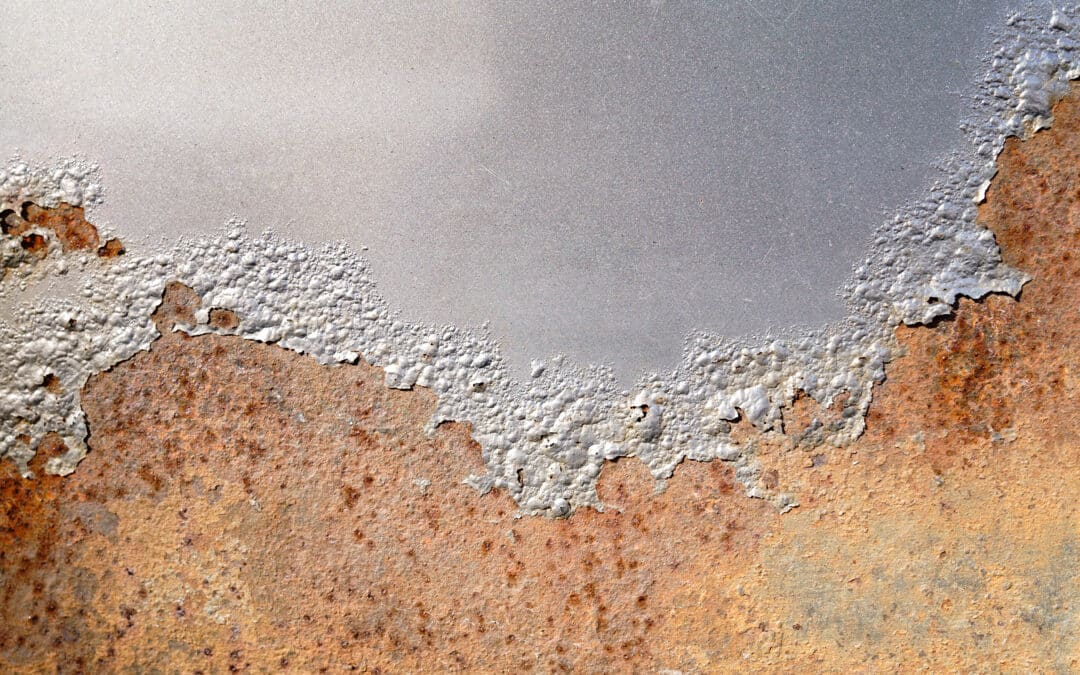Cleaning solvents are vital for many industrial and commercial applications. They are
used to clean everything from equipment to floors. Unfortunately, some cleaning
solvents can be quite corrosive. This can cause damage to surfaces and even skin
burns. In this blog post, we will take a look at the most corrosive cleaning solvents and
how you can spot the damage they cause. Be assured that there are a plethora of green
cleaning solvents and green cleaning processes available to avoid much of this type of
costly damage. Class A Cleaning has experience and knowledge of how to avoid this
damage and can recommend better,safer solutions.
Cleaning solvents are important for many industrial and commercial
applications, but some can be corrosive.
Cleaning solvents are important for many industrial and commercial applications, but
some can be corrosive. The most corrosive cleaning solvent is hydrochloric acid, which
can quickly eat through metal surfaces. Other corrosive cleaning solvents include
sulfuric acid and nitric acid. These chemicals should be used with extreme care, as they
can cause serious damage to surfaces and skin.
Corrosive cleaning solvents can damage surfaces and cause skin burns.
Corrosive cleaning solvents can damage surfaces and cause skin burns. The most
corrosive solvent is hydrofluoric acid, which is used in rust removal products.
Hydrofluoric acid will etch glass and corrode metals. It can also burn through human
tissue, so it should be handled with extreme care. Other corrosive solvents include
sulfuric acid and nitric acid. These acids are commonly found in drain cleaners and toilet
bowl cleaners. When using these products, always wear gloves and provide ventilation
to avoid inhaling fumes.
How to spot the damage caused by corrosive cleaning solvents:
Cleaning solvents can be very corrosive, and if not used correctly, can cause a lot of
damage. Here are some ways to spot the damage caused by corrosive cleaning
solvents:
-If you see rust on your surfaces, it is likely that the cleaning solvent has already started
to corrode them.
-If your surfaces feel rough or slimy, this is also a sign of corrosion.
-Discoloration of surfaces may also indicate that the cleaning solvent has begun to
break down the material.
Feel confused? Class A Cleaning can help clarify damage and corrosion to your items.
Always remember to seek medical attention if you have burns or injuries.

